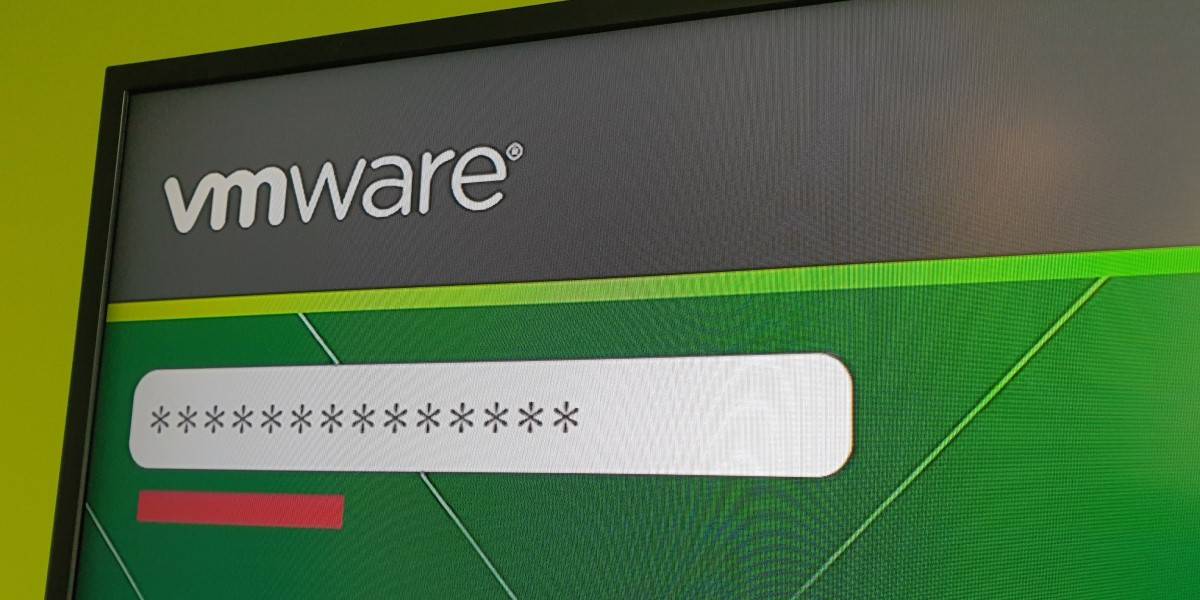Dell Allows DPUs To Be Retrofitted To Older PowerEdge Servers

Dell has decided that users of its older servers deserve the chance to run data processing units (DPUs, aka SmartNICs) – cards that combine networking hardware with enough compute and storage to run chores like encryption and free up CPU cores for more productive uses.
The on-prem hardware holdout last week annnounced "Customer Kits" that enable installation of the accelerators in its 15th-generation PowerEdge servers – kit launched in 2021. Dell's most recent servers are 16th-gen and were announced earlier in 2023.
DPUs are PCIe devices, so should not be overly complicated to install on older servers. Dell hasn't explained what the kits look like, nor why they're needed.
But the mere fact of their existence matters. Unless you're a hyperscaler, the only easy way to put DPUs to work is to run them under version 8 of VMware's flagship vSphere suite, which includes a "distributed services engine" to manage the devices and the workloads they run.
VMware has previously told The Register its customers have not rushed to adopt DPUs, with a requirement to run them in new servers meaning they hang back until a hardware refresh before considering the accelerators. Virtzilla told us older servers would soon be able to run the cards.
And lo, Dell hath delivered. Mikey D's house of hardware has even talked up the presence of Arm-powered processors in some DPUs as using less power than other processes and "lowering operational costs and promoting sustainability."
If the ability to run DPUs on your old Dell servers will see you take the cards for a spin feel free to let us know.
- VMware edges towards its multi-cloud vision, with a side quest to virtualize AI
- VMware staff reportedly told job cuts may start before Broadcom acquisition
- VMware sees no need to Arm itself for multi-architecture multi-cloud
- Nutanix reckons you can stuff AI into a box – a box it manages, that is
Dell's decision came on the same day that VMware announced the second update to vSphere 8.
The big addition to this release is faster upgrades to vCenter – one of several enhancements to lifecycle management that VMware is working on because it knows customers find it difficult to update and upgrade the servers that manage their VM fleets and hybrid clouds. VMware has identified easier upgrades as a priority for its research and development efforts, making this change significant.
Also notable is the addition of Microsoft Entra Active Directory – formerly Azure AD – as an identity federation option. VMware has billed this as reducing vCenter's attack surface, presumably by allowing users to use Entra instead of replicating identity services within their VMware rigs.
The update also improves GPU-sharing. That's important as GPUs are in short supply, so efficient use is vital as orgs chase their AI aspirations.
VMware's software-defined storage product, VSAN, also gets an upgrade with further disaggregation of storage and compute the headline feature.
Full vSphere 8 Update 2 release notes can be found here and VMware staff discuss them here [video].
One of the useful snippets of info they mention is that Fujitsu has certified its servers for DPUs under vSphere 8. The Japanese giant joins HPE and Dell in supporting the devices. But only Dell, as described above, claims it can run them in old servers. ®
From Chip War To Cloud War: The Next Frontier In Global Tech Competition
The global chip war, characterized by intense competition among nations and corporations for supremacy in semiconductor ... Read more
The High Stakes Of Tech Regulation: Security Risks And Market Dynamics
The influence of tech giants in the global economy continues to grow, raising crucial questions about how to balance sec... Read more
The Tyranny Of Instagram Interiors: Why It's Time To Break Free From Algorithm-Driven Aesthetics
Instagram has become a dominant force in shaping interior design trends, offering a seemingly endless stream of inspirat... Read more
The Data Crunch In AI: Strategies For Sustainability
Exploring solutions to the imminent exhaustion of internet data for AI training.As the artificial intelligence (AI) indu... Read more
Google Abandons Four-Year Effort To Remove Cookies From Chrome Browser
After four years of dedicated effort, Google has decided to abandon its plan to remove third-party cookies from its Chro... Read more
LinkedIn Embraces AI And Gamification To Drive User Engagement And Revenue
In an effort to tackle slowing revenue growth and enhance user engagement, LinkedIn is turning to artificial intelligenc... Read more

